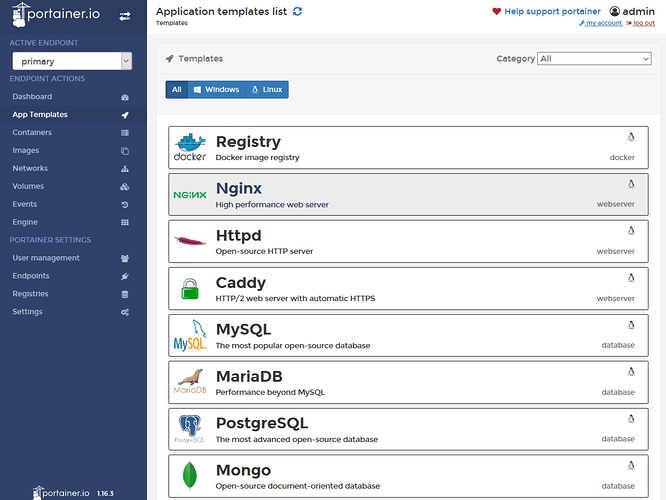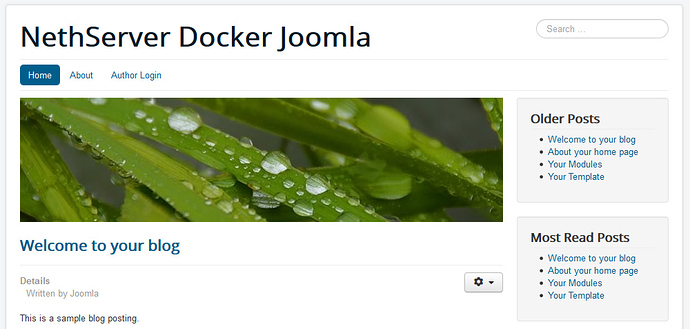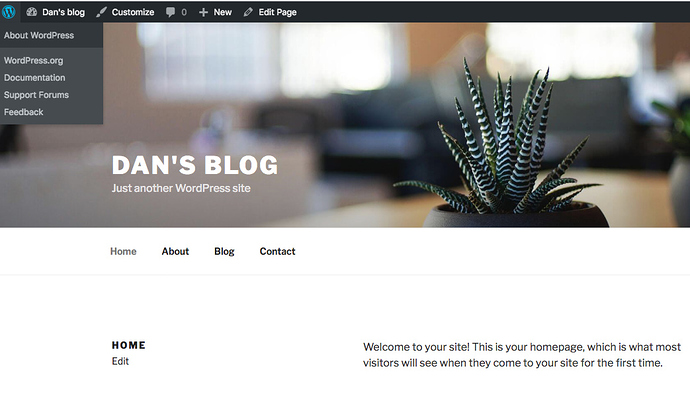Hi all
since part of my collaboration with Nethserver, I’m working on the docker side and ns7…it is cool
I have some rpm to share, of course try it, break it, comment it
if you just want docker
yum install -y http://mirror.de-labrusse.fr/NethDev/docker/docker-ce-17.12.1.ce-1.el7.centos.x86_64.rpm http://mirror.de-labrusse.fr/NethDev/docker/nethserver-docker-0.1.4-1.ns7.noarch.rpm
decide if you need docker-compose
sudo curl -L https://github.com/docker/compose/releases/download/1.19.0/docker-compose-`uname -s`-`uname -m` -o /usr/local/bin/docker-compose
sudo chmod +x /usr/local/bin/docker-compose
if you want portainer to manage docker
yum install -y http://mirror.de-labrusse.fr/NethDev/docker/docker-ce-17.12.1.ce-1.el7.centos.x86_64.rpm http://mirror.de-labrusse.fr/NethDev/docker/nethserver-docker-0.1.4-1.ns7.noarch.rpm http://mirror.de-labrusse.fr/NethDev/docker/nethserver-portainer-0.1.4-1.ns7.noarch.rpm
A limitation of portainer is important, your VM must be set at the good time/date, else you won’t be able to login
go to https://YOURIP:9000 at the first login you create the admin user and password
a docker volume is created for persistent data, it is the volume portainer-data
If you want to upgrade portainer (rm portainer, pull new image, run again portainer), do : signal-event portainer-upgrade
what we need to do
- reverse web (apache, nginx, …) proxy for web container
- backup script to save volume (persistent data) and docker
- run portainer over ssl
- make each service running in a docker container (:D)
if you have skills in docker, or just some experiences, please share them





